It is no secret that self-leveling compounds can be expensive to purchase. In addition, this kind of concrete comes in various colors, textures, and styles. It allows easy installation and is a fast way to level your footings. Unfortunately, it has several downsides for homeowners.
The self-leveling compound is a popular driveway sealer that has been around for years. However, during that time, many contractors have found cheaper alternatives.
Here are 5 of the best options in replacement for self-leveling compounds:
1. Sand Mix
2. Portland Cement With Sand Mix
3. Gypsum-Based Compound
4. Drywall Compound
5. Foam
Sand Mix, Portland Cement, and gypsum-based Compound are practical alternatives to the self-leveling compound. These options are cost-effective materials that are ideal for smoothening up your floor.
At the same time, you can also try Drywall Compound and Foam. These come in handy for restoring cracks and holes in existing surfaces.
What Are Alternatives To Use Instead Of Self-Leveling Compound?
Self-leveling compound consists of aggregate and cement with a polymeric material. Hydroxy methyl cellulose property is present to prevent the mixture from separating.
Spreading it out on the floor is the standard procedure. They level out the subfloor for a sleek appearance. Also, you can use these substances to fix fractures or defects in the subfloor.
Despite its many advantages, SLC can be costly. That is why several homeowners seek less expensive alternatives.
Let’s look at six substitutes for SLC that are just as effective but cheaper.
1. Sand Mix
Sand mix has many potential applications as a low-cost and multifunctional material.
Sand is a fine aggregate with a uniform grain size and shape. It is also an ideal filler material for coarser aggregates like gravel and cement paste.
Applications:
- Fixing and repairing cracked concrete floors
- Repairing chimney crowns with huge cracks
- Solid subfloors for laying ceramic tile
- Backfilling hollow spaces in cinderblock walls
You can use sand mixtures to quickly and cheaply level a concrete floor. The construction industry uses it since it adds strength & stability to building materials. They are typically in combination with asphalt, concrete, mortar, and cement. Its compact composition makes it ideal for patching holes and leveling out surfaces.
Generally, sand’s low price makes it an attractive option for many contractors. This is mainly for those who want to use it as a base material or in a concrete mix. In addition, sand is an efficient adulterant.
As a result, it reduces the price of more expensive building components. This makes it ideal for smaller projects and an effective alternative for SLC.
2. Portland Cement With Sand Mix
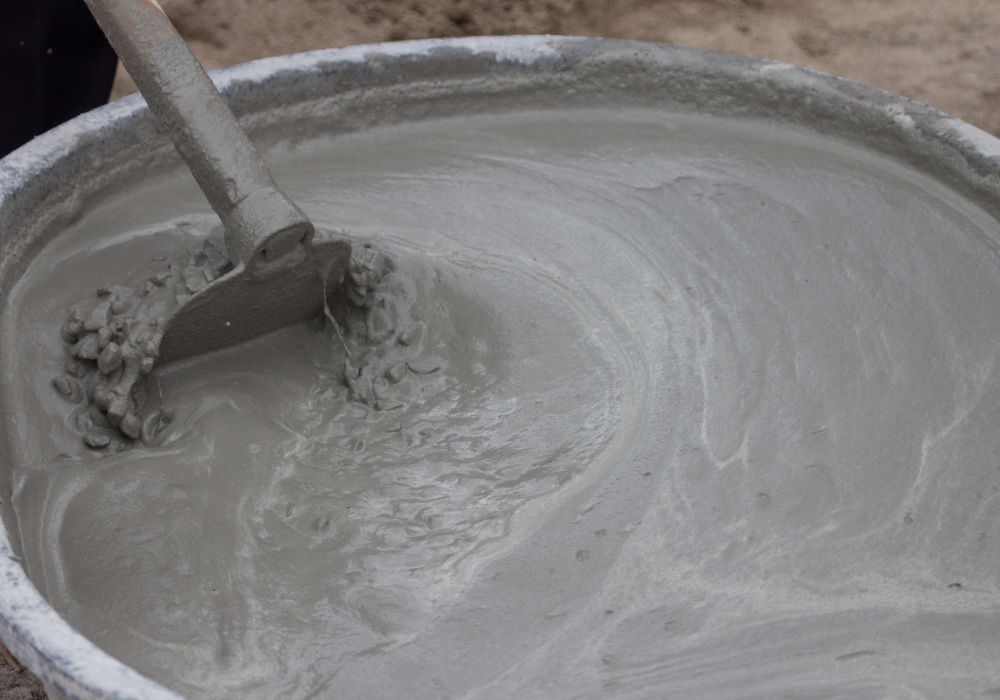
Secondly, Portland Cement with Sand Mix is a viable substitute for SLC.
Portland cement is another cost-effective construction material. Since the limestone, shale, and other ingredients are abundant and inexpensive.
Buy White Portland Cement on Amazon.
Typically, contractors use it to make concrete, a composite material. That includes cement and water-resistant aggregates like gravel and sand. This cement is remarkably resistant to shrinking and breaking. It has a lower tolerance for chemical assaults.
Applications:
- Enhancing the structural integrity of concrete structures, bridges, and pavements
- Pavements for general construction purposes
- Concrete masonry units
You should use a ratio of 1:2 or 1:3 when combining it with sand in a mixing container. The 1:3 ratio will give you a little less than 3000 PSI, typical for house slabs and footings.
Overall, a pound of Portland cement often costs less than 4 cents. As a result, it can stand in as a cheaper alternative to SLC.
3. Gypsum-Based Compound
Generally, you can also choose to experiment with Gypsum-Based Compound.
It’s a key ingredient in the patching compound used to fix drywall. Homeowners also use it in the building of dwellings since it produces plaster.
When you combine gypsum with water, it generates heat in the same way that ordinary plaster does. But unlike SLC, the amount of heat generated is minimal. Since this generates less heat than cement, it helps keep the surface from cracking.
Applications:
- Non-structural filling, leveling
- Repairing of walls and ceilings, both indoors and out
- Roof eaves, ceiling boards, and concrete walls.
Unfortunately, it struggles to maintain its form in the presence of water. So you cannot use gypsum compound on exterior walls. These don’t dry out very quickly. So they’re not great for places like restrooms with constantly wet walls.
Either way, GBC is a choice for large-scale projects because of its low price and high efficiency.
4. Drywall Compound
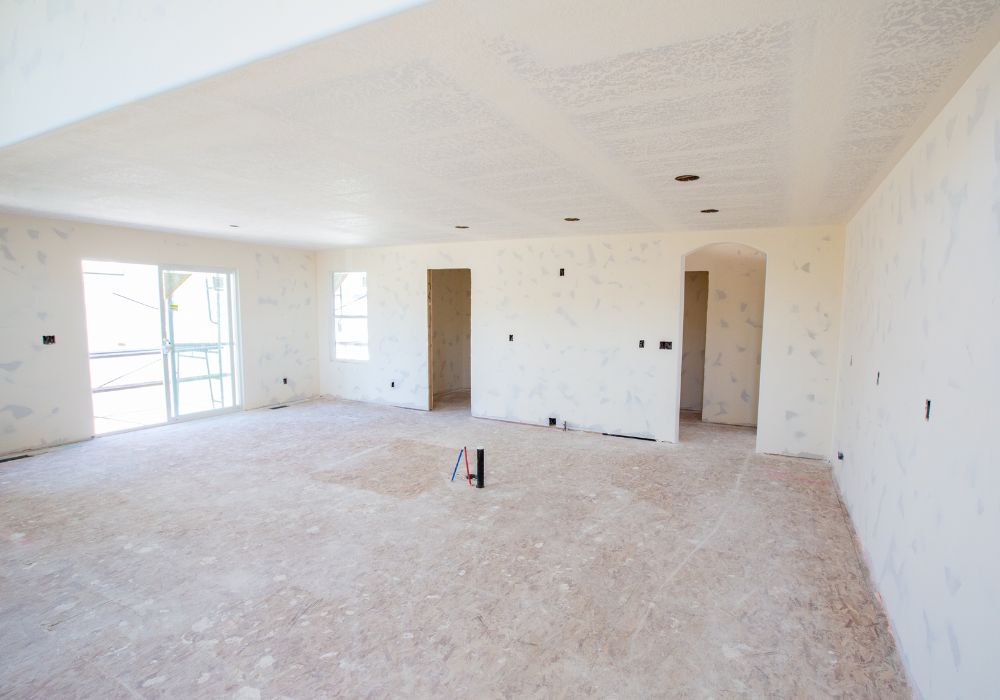
As our 4th choice, use drywall compound instead of SLC for a more affordable and practical result.
Drywall compound is a combination of gypsum dust and water.
You can use it to fill in and smooth up cracks and gaps in walls. It is also useful for fixing holes and cracks in existing plaster and drywall.
Remember that drywall mud will adhere to concrete but deteriorate over time.
Applications:
- Finish drywall joints and corners
- Set tubs and showers
- Fastener spotting, texturing, and complete joint finishing
- Walls, ceilings, and painted woodwork
Unfortunately, several professionals have tried this quicker and cheaper method. Yet, it only stands for a short period. Then, as a result, they return to fix the floor’s bulge.
Consequently, pick your options carefully. You can’t skip out on expensive repairs because of the cost of alternative materials.
5. Foam
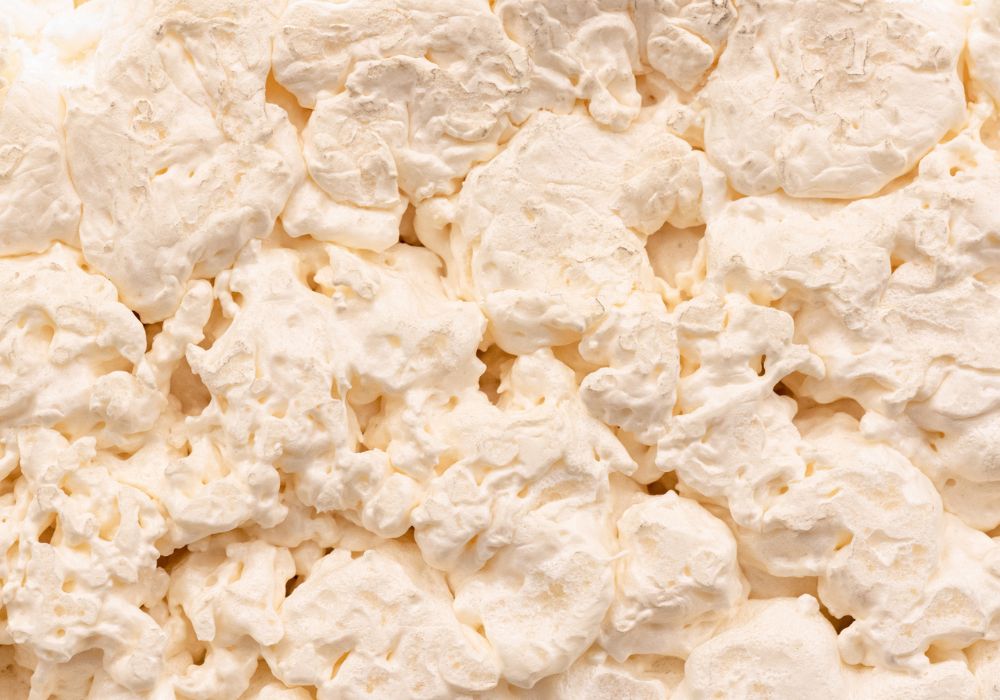
Lastly, you might surprise yourself that you can use foam as a leveling floor material.
To provide a smooth surface, contractors inject polyurethane foam into the concrete. First, they inject it as a liquid under the slab. And then, when it cures, its expansion fills any gaps and raises the concrete.
After curing, it retains its original density and compressive strength indefinitely. No amount of water will cause the foam leveling material to degrade or disappear.
Generally, foam insulation is long-lasting and spreads out evenly. Homeowners can notice that it restores the sagging floors to their structural components.
Applications:
- Clean areas
- Sensitive or expensive surfaces
- Hard-to-reach work sites
You can get a good enough result with foam injection concrete leveling. However, the SLC concrete leveling technique is superior in many situations. Unfortunately, it can’t cover gaps compared to stone sludge grout.
Another consideration is that foam is typically more costly. Therefore, this might be the least desirable alternative to SLC.
Which Of The Self-Leveling Compound Alternatives Is the Best?
The sand mix is the best overall alternative to a self-leveling compound.
It has several applications and physical appearances. Yet, it is the ideal possible option for this compound.
The second best choice is Portland Cement because it is durable and will save you more money. Both these are easy to get a large quantity of sand mix at a very low price. And the results are as always desirable as they should be.
Contractors find it more convenient to do major patch repairs. Thus, several homeowners report fair success with this method.
Going with the least desirable options, like grinding pads & foam, can make your work easier. However, it will also make your budget fuller.
Ultimately, to get the best and most accurate result, you should make a trial test of each alternative. Then select one according to your needs.
Why Is Self-Leveling Concrete So Expensive?
Self-leveling concrete is expensive since it provides a more uniform and stable surface.
In most cases, it costs more per gallon to produce than regular concrete. Rather than tearing out and replacing cracked concrete, this is an adaptable material.
However, not only is the material itself costly. But installation and repairing any issues also require time and effort. So, that means driving up the final price tag.
Specifically, it costs from $3 to $6 per square foot to level concrete. Leveling a slab can range anywhere from $500 to $1,500. Yet, it will depend on the area’s size, the materials’ quality, and the required labor.
What Is the Cheapest Way To Level a Concrete Floor?
A particular sand mix is the most cost-effective method for leveling a concrete floor.
As mentioned earlier, the 2nd solution is to utilize Portland Cement. This is a cheaper alternative to the self-leveling compound sold at most DIY stores.
Lastly, pour some concrete and smooth it off with a trowel if you need to level a small area. Due to the time and effort required, this technique is not suggested for use on a broad scale.
Can I Make My Own Self-Leveling Compound?
Yes, you can make your self-leveling compound.
Here are some of the steps you can take:
- Prepare 1 part cement to 4 fine triple-wash sand. Then, put in about three teaspoons of plasticizer, preferably synthetic.
- To produce, combine with sterile water and stir for no more than a few minutes.
- You can start pouring it near the corners and spread it out as you reach the nearest exit.
- Use a rough trowel to spread it quickly as you go. Keep your trowelling time to around 4 minutes.
- Apply the self-leveling chemical after the application of the primer.
Is Self-Leveling Compound the Same As Concrete?

Contrary to popular belief, a self-leveling compound is not the same as concrete.
However, it varies the same to concrete since it is a cement-based compound. But, on the other hand, it builds up far more quickly than concrete.
Traditional concrete requires a lot of water to maintain the fluidity of pouring. Meanwhile, with self-leveling concrete, less water is necessary to keep the mixture fluid.
Can I Use a Thinset Instead Of a Self-Leveling Compound?
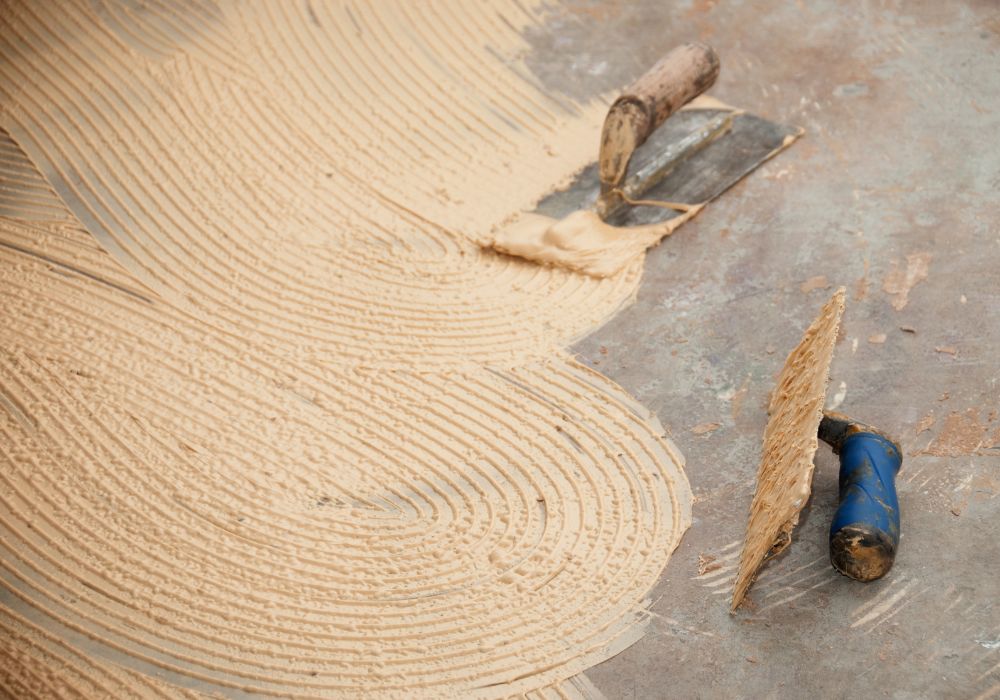
No, the thin set is unsuitable for floor-level use.
Manufacturers often warn against using thin set mortar for leveling floors. So, it would be best not to attempt floor leveling using thin-set mortars.
If applied, the installation will crack severely. This is especially true if it is too thick. Thus, it would take a very long time to harden.
When you use the mortar as filler, it can shrink at different rates as it cures. To successfully repair these issues, you should use a flash patch. In the best ways, apply a self-leveling compound just like we discussed.

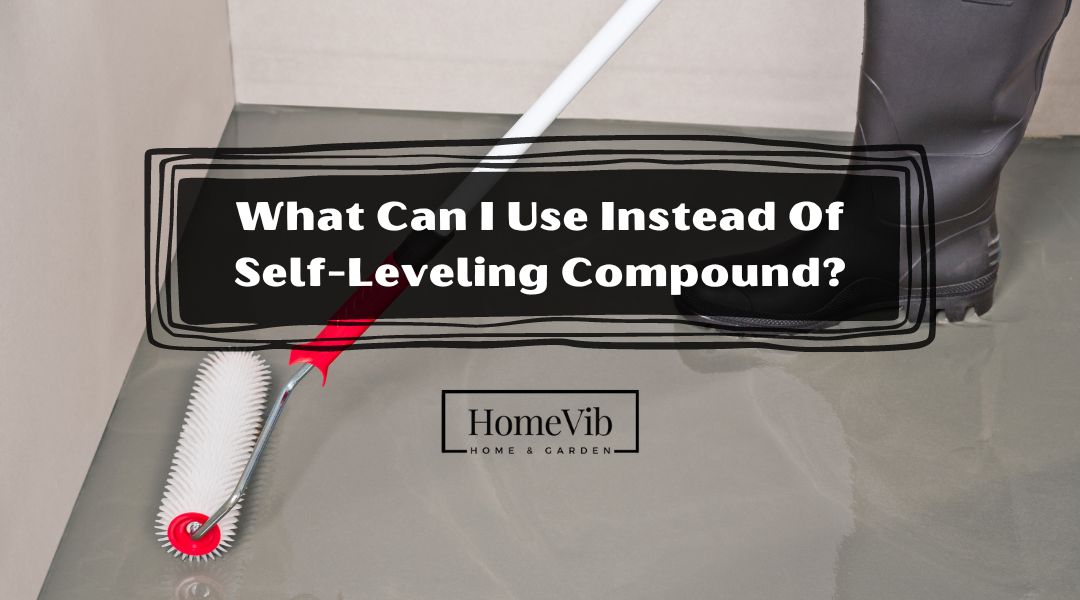



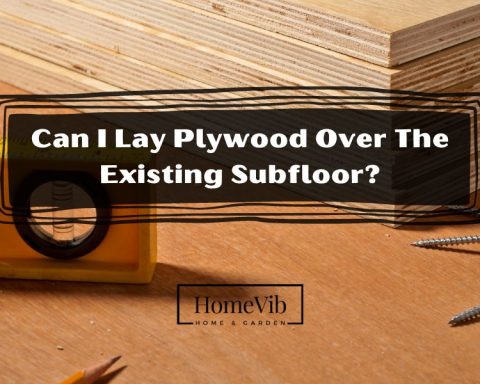






How much is a part. Example 1 bag cement to 4 of sand need exact measurements..
Hi, Dale!
If you use 100 lbs of cement, you must add 400 lbs of sand.
If you add 50 lbs of cement, you need 200 lbs of sand.
So it doesn’t matter how much is a part; you always put sand 4x of cement amount to get a proper mixture.